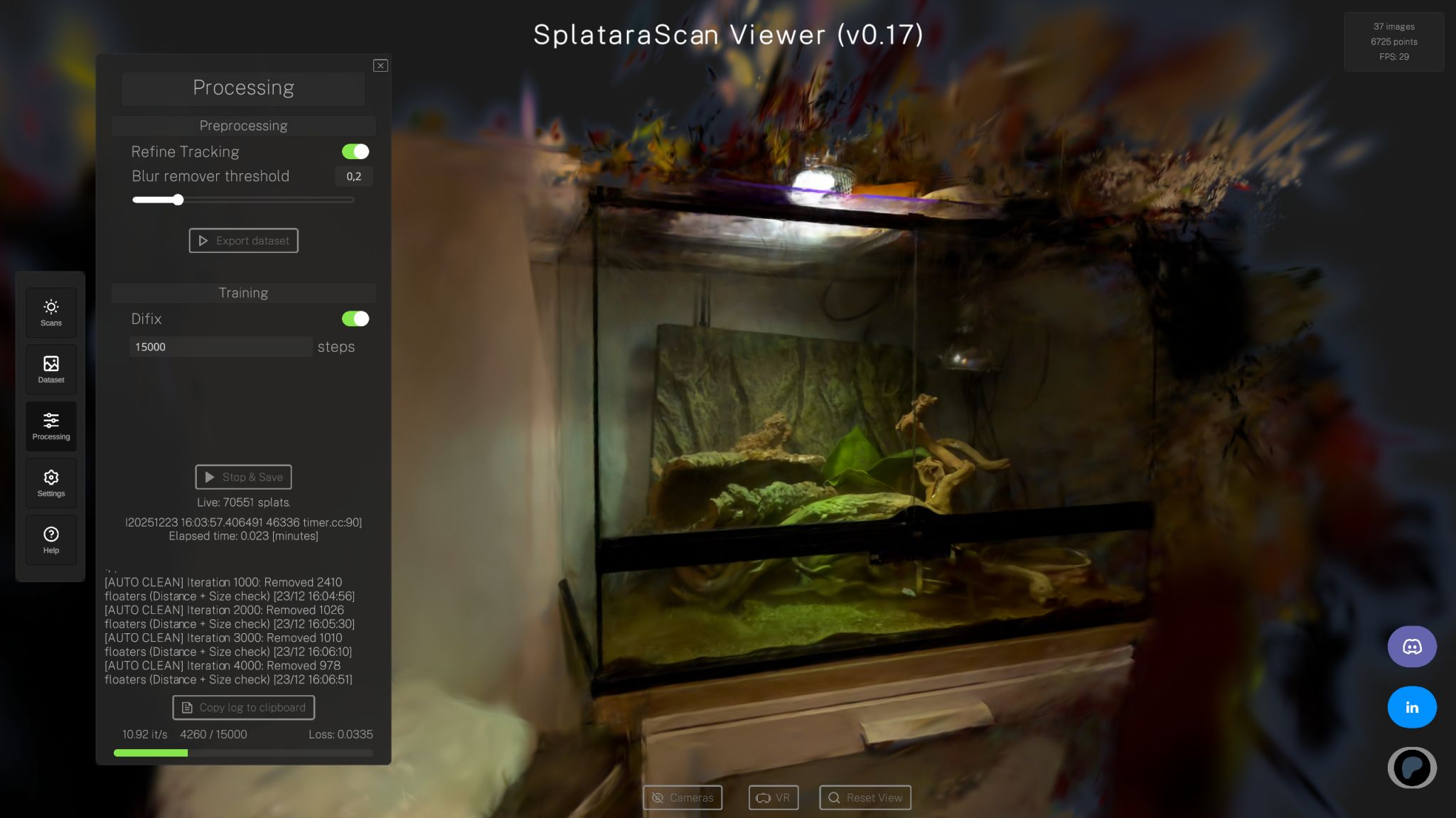

Michael Rubloff
Nov 14, 2023
In a surprising move, another entrant has entered the radiance field fray. This time it's 3D design tool, Spline.
The workflow is extraordinarily simple. You can use platforms like Luma, Volinga, or Polycam to first generate your Gaussian Splat. From there, you can literally just import your .PLY into Spline directly.
The platform also launches with some helpful features, including, cropping, editing, exporting, and embedding. Take a look at their full documentation here. They have already shown the above tutorial on their YouTube channel, with another one to be published later this week.
There are some features that are explicitly labeled as experimental. These include mobile support, adding onto already complex 3D environments. Here's a larger list below:
Transitions: Partial support. Animating a splat object (position, rotation, scale) is possible but requires a lot of computing processing (which might result in visible re-rendering of the splats).
Transparency in materials: Not supported.
AI Style Transfer: Not supported.
Physics: Not Supported.
Fog: Not supported.
Ambient Shadows: Not supported.
Lights: Splats won’t receive light.
Shadows: Splats won’t receive or cast shadows.
Mouse events: Only the “Anywhere on screen” mode is supported.
Cloner & Components
Exporting Splats.
I'm so excited to begin seeing what people create with Spline and Gaussian Splatting. There are so many creative avenues for people to explore and build out. For me, this is the tipping point to begin updating my personal website (not this one) to show some of the captures from my library and I will be using Spline.
I think it's further likely that we will begin to see brands and companies begin to adopt radiance fields directly into their offerings. The barrier entry is just so low now.







